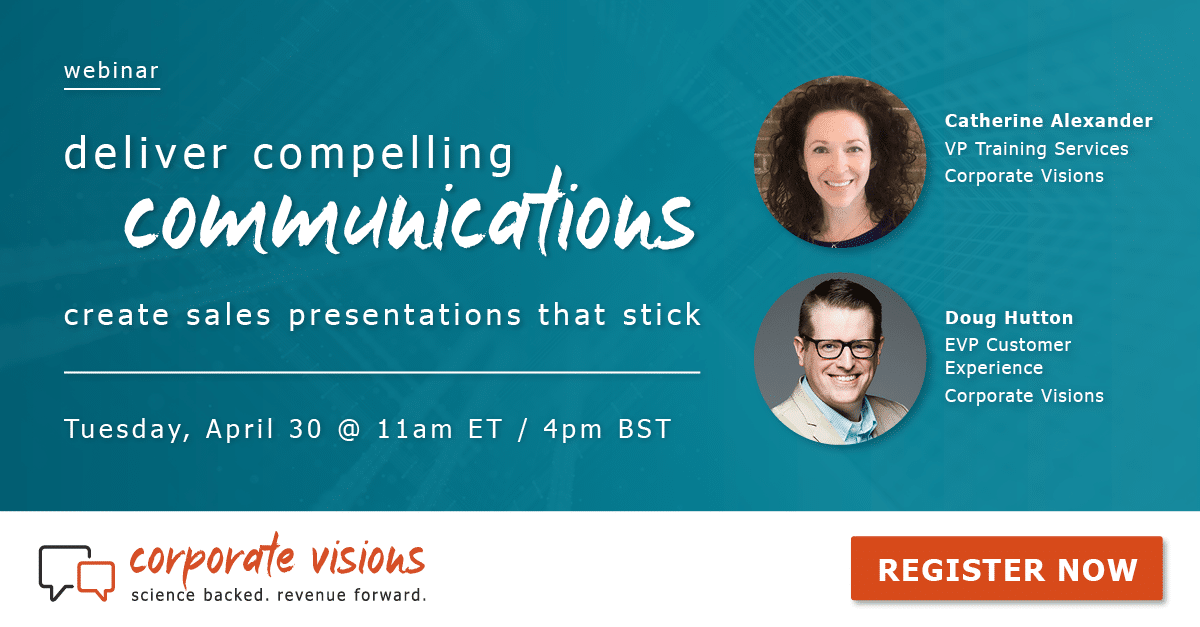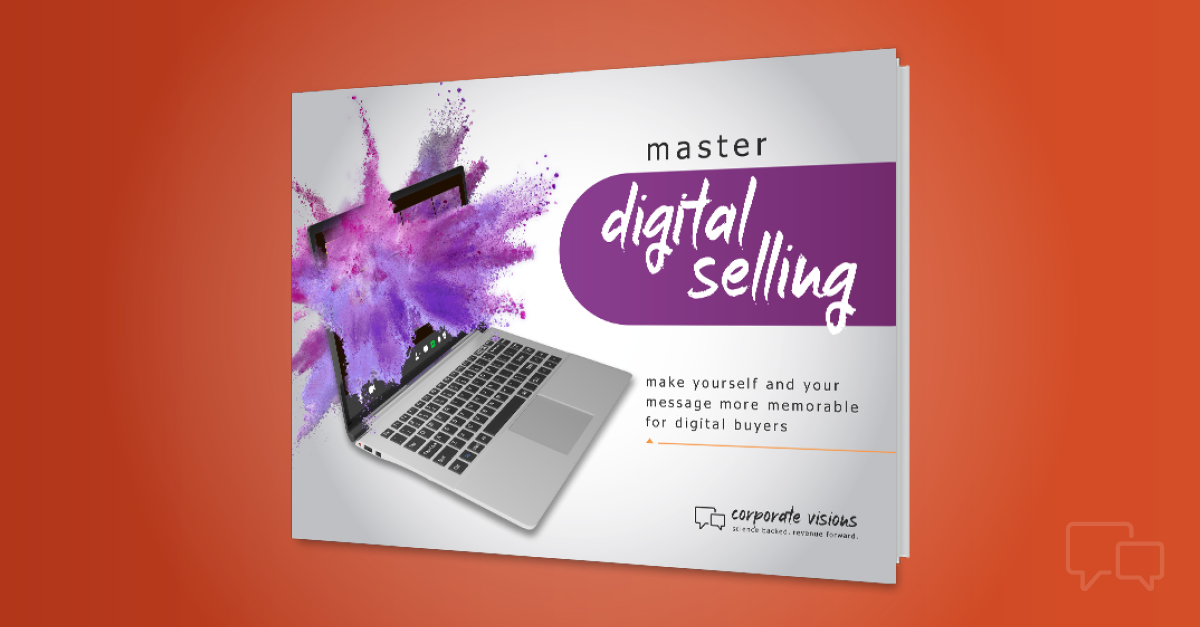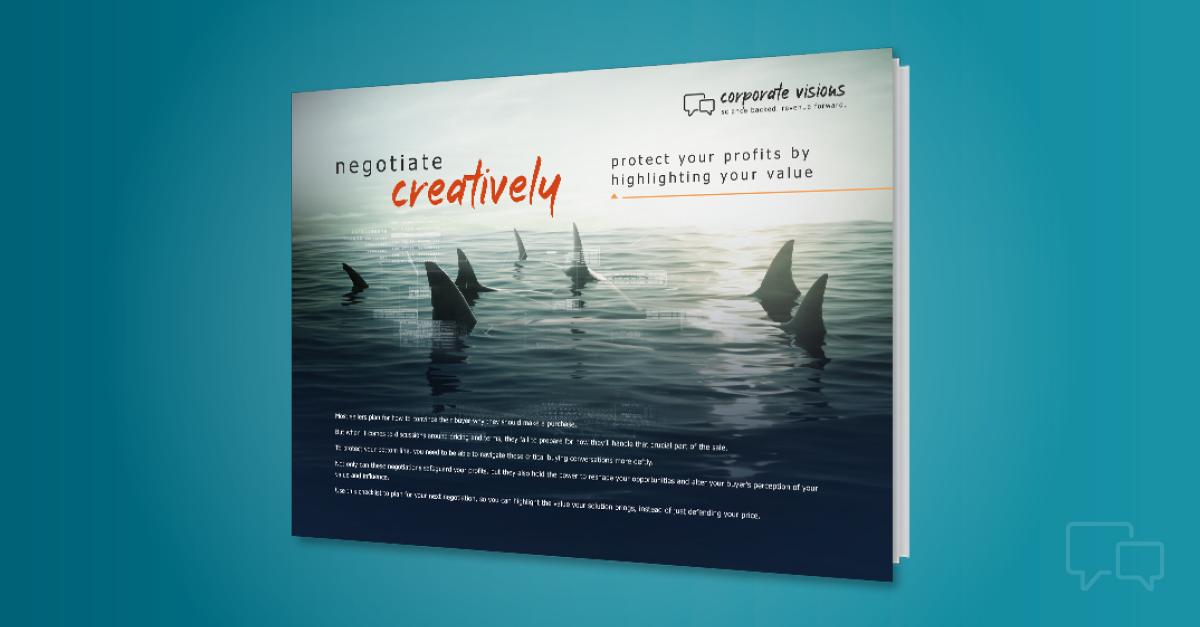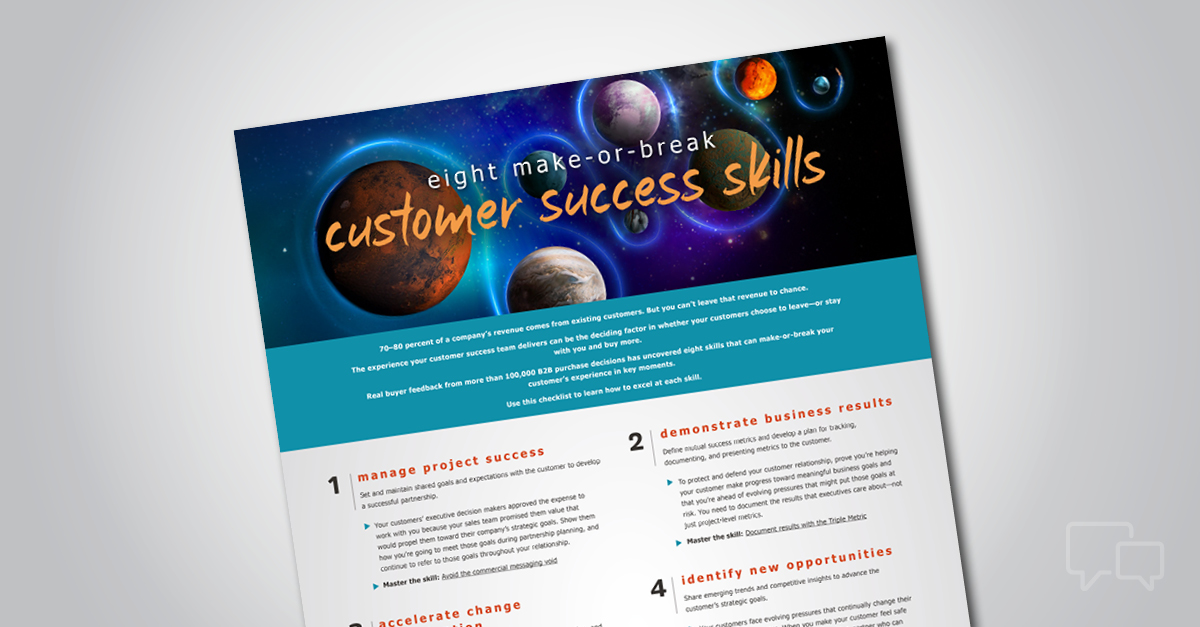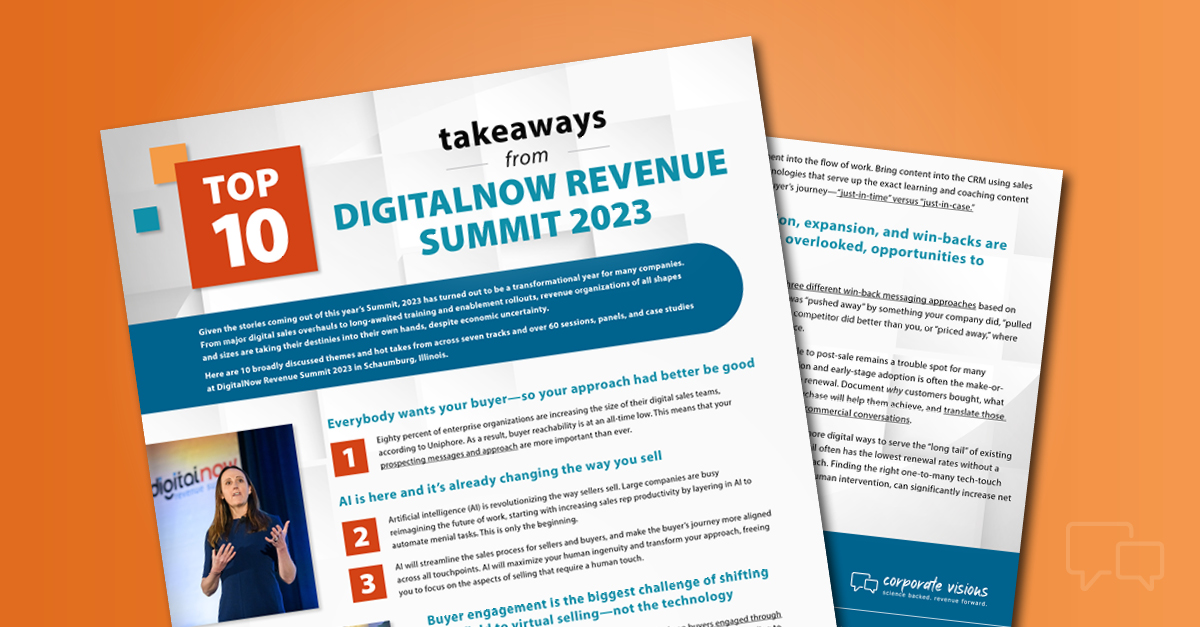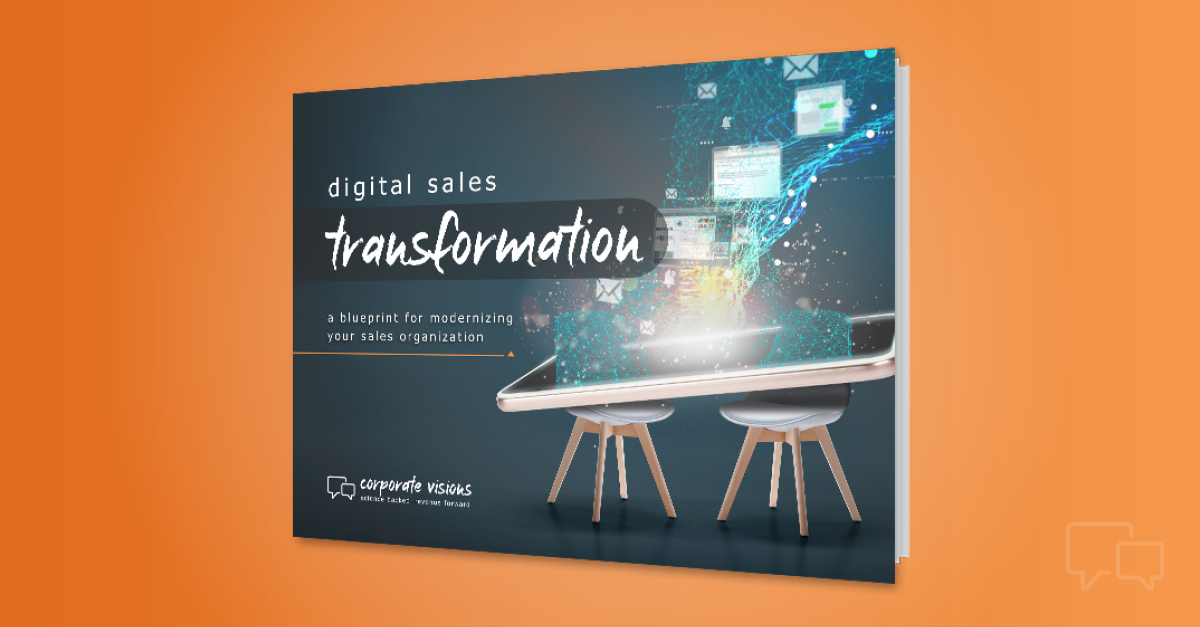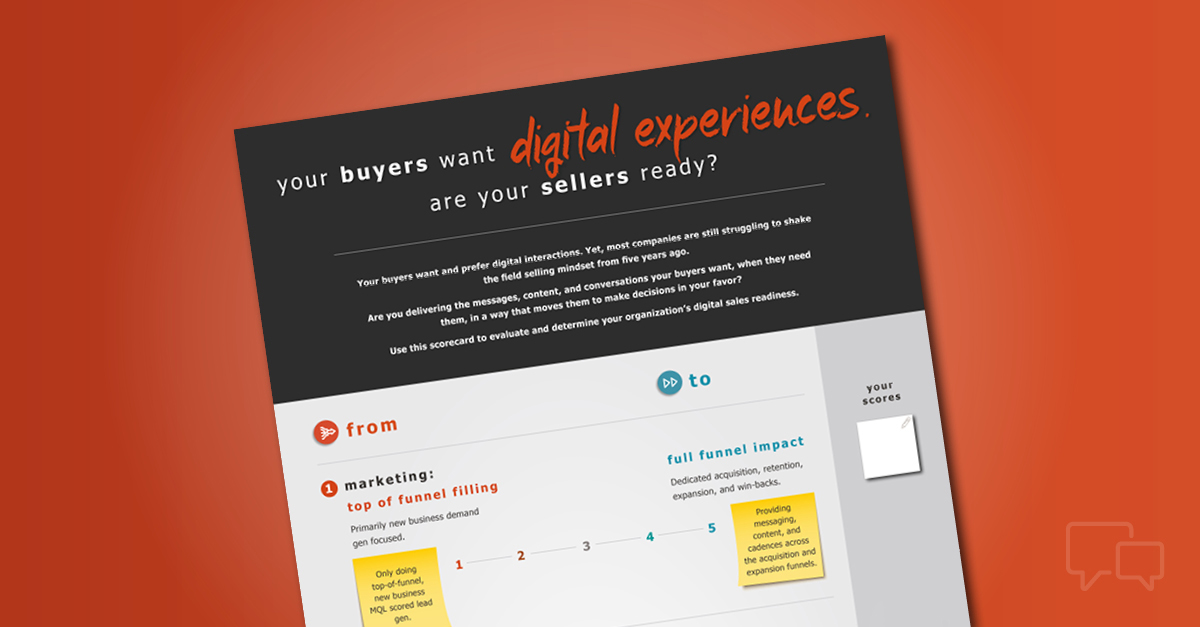Transform Your Sales Organization for the Digital Buyer
Today, two out of three buyers prefer a digital self-service buying experience over traditional sales communications.
Industry data also shows that digital sales motions are more effective than field selling motions. And companies are starting to wise up.
In fact, 74 percent of B2B decision makers now believe that new digital selling models are as effective as or more effective than pre-COVID models, according to McKinsey.
Additionally, 63 percent of Fortune 500 executives say they expect their field sales revenue to decrease, while 80 percent expect their inside/digital sales revenue to increase, according to Boston Consulting Group.
So, the message is clear: If you aren’t already embracing digital sales transformation, the need to change has never been more urgent.
But it’s not enough to simply start sending messages on digital channels. Buyers are digitally savvy and well-informed. They’re also inundated with texts, robocalls, sales emails, and ads, so they’re hard to reach. And when you do reach them, they’re skeptical of anything that smells like a sales pitch.
You can no longer expect your buyers to pick up the phone and call you with questions. You need to reach them where they are—on digital channels—but you need to do it well.
Explore these science-backed resources and learn how you can make your digital transformation journey a success.
